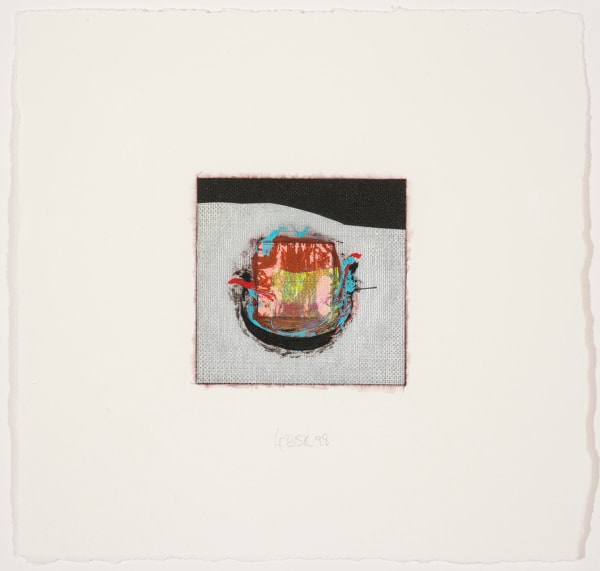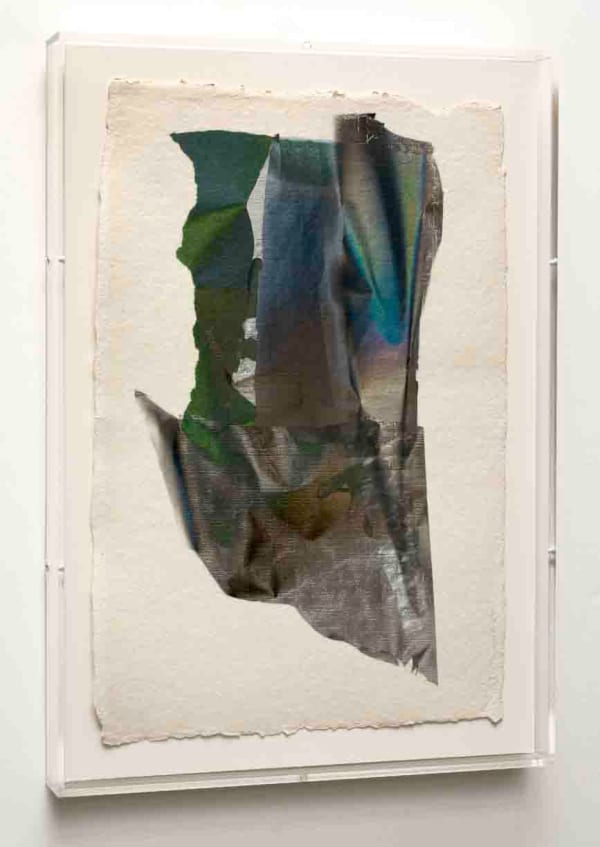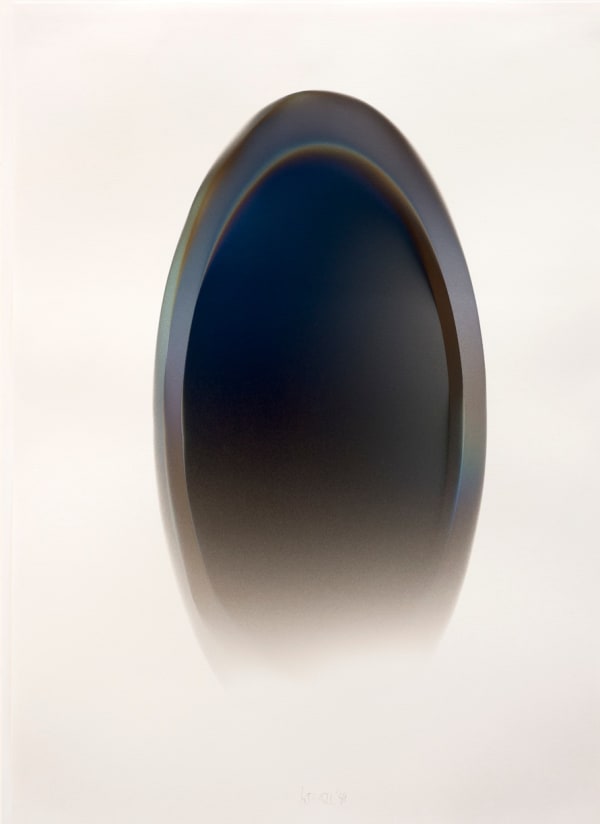Larry Bell American, b. 1939
"In my opinion, all artwork is stored energy. The art releases its power whenever a viewer becomes a dreamer."
- Larry Bell
Larry Bell is a contemporary American artist and sculptor who lives and works in Taos, New Mexico, and maintains a studio in Venice, California. From 1957 to 1959 he studied at the Chouinard Art Institute in Los Angeles as a student of Robert Irwin, Richards Ruben, Robert Chuey, and Emerson Woelffer. He is a grant recipient from the National Endowment for the Arts and the Guggenheim Foundation, and his artworks are found in the collections of many major cultural institutions.
Bell’s work has been shown at museums and in public spaces in the United States and abroad over the course of his 40-year career.Larry Bell’s art addresses the relationship between the art object and its environment through the sculptural and reflective properties of his work. Bell is often associated with Light and Space, a group of mostly West Coast artists whose work is primarily concerned with perceptual experience stemming from the viewer’s interaction with their work. This group also includes, among others, artists James Turrell, John McCracken, Peter Alexander, Robert Irwin and Craig Kauffman.
On the occasion of the Tate Gallery’s exhibit Three Artists from Los Angeles: Larry Bell, Robert Irwin, Doug Wheeler, Michael Compton wrote the following to describe the effect of Bell’s artwork: “Bell’s earliest pieces are paintings in the Abstract Expressionist tradition. He began incorporating fragments and shards of clear and mirrored glass into his compositions. At the same time, he began in his painting to produce angular geometric compositions that alluded to or represented three-dimensional forms. These works frequently depicted rectilinear forms with truncated corners. Next there came a series of shadow boxes or ‘ghost boxes’, three-dimensional cases whose surfaces often featured shapes reminiscent of those in the preceding paintings.”
Bell has explored the opportunities afforded by thin film deposition along other avenues. He began creating large, freestanding glass walls that can be arranged in an infinite number of configurations. Two large bodies of work on paper, Bell’s “vapor drawings” and the more recent “mirage works”, are also the products of Bell’s use of thin film deposition technology. The mirage pieces, on the other hand are collage constructed out of pieces of coated materials that are then arranged and laminated.
As Bells says, “. . .tapestries of woven light differentials resulted.”The artist’s works are held in the collections of the Art Institute of Chicago, the Centre Georges Pompidou in Paris, the Solomon R. Guggenheim Museum in New York, the Museum of Fine Arts in Houston, the Hirshhorn Museum and Sculpture Garden in Washington D.C., and the Stedelijk Museum in Amsterdam, among others.






